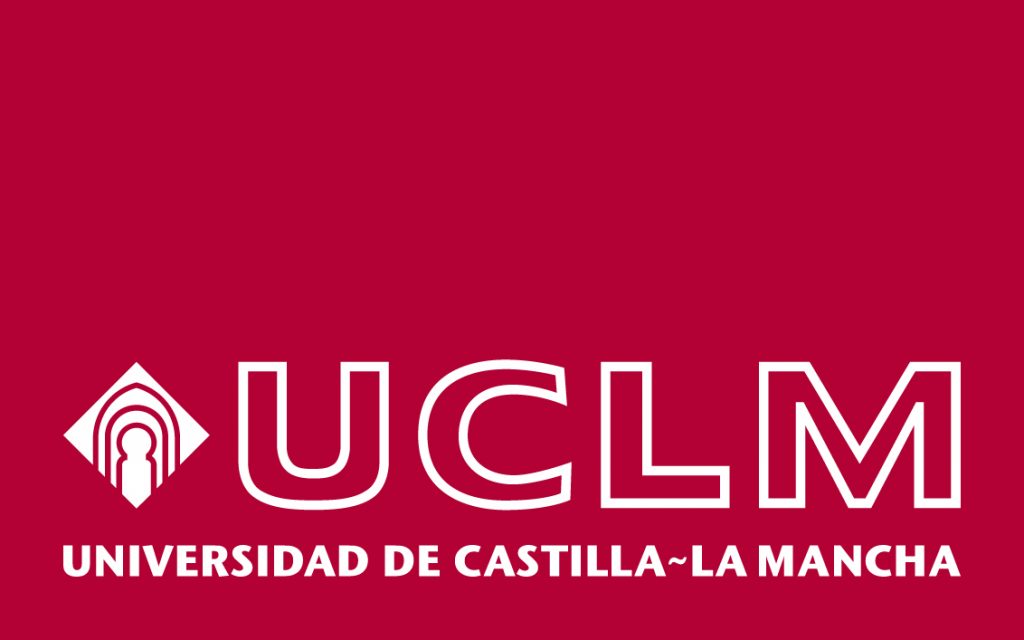Publication
Mathematical model of CAR-T-cell therapy for a B-cell Lymphoma lymph node
S. Sabir, O. León-Triana, S, Serrano, R, Barrio, V. M. Pérez-García
arxiv.org/abs/2409.01164
MOLAB authors
Abstract
CAR-T cell therapies have demonstrated significant success in treating B-cell
leukemia in children and young adults. However, their effectiveness in treating
B-cell lymphomas has been limited. Unlike leukemia, lymphoma often manifests as
solid masses of cancer cells in lymph nodes, glands, or organs, making these
tumors harder to access thus hindering treatment response. In this paper we
present a mathematical model that elucidates the dynamics of diffuse large
B-cell lymphoma and CAR-T cells in a lymph node. The mathematical model aids in
understanding the complex interplay between the cell populations involved and
proposes ways to identify potential underlying dynamical causes of treatment
failure. We also study the phenomenon of immunosuppression induced by tumor
cells and theoretically demonstrate its impact on cell dynamics. Through the
examination of various response scenarios, we underscore the significance of
product characteristics in treatment outcomes.














